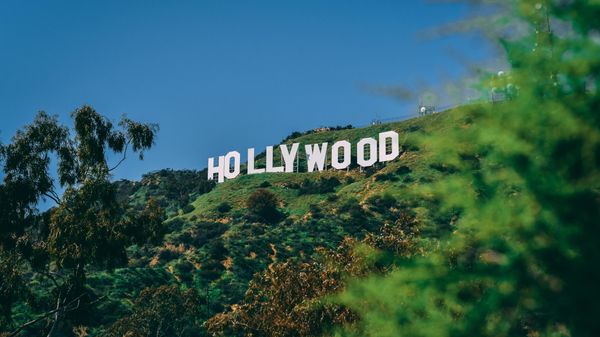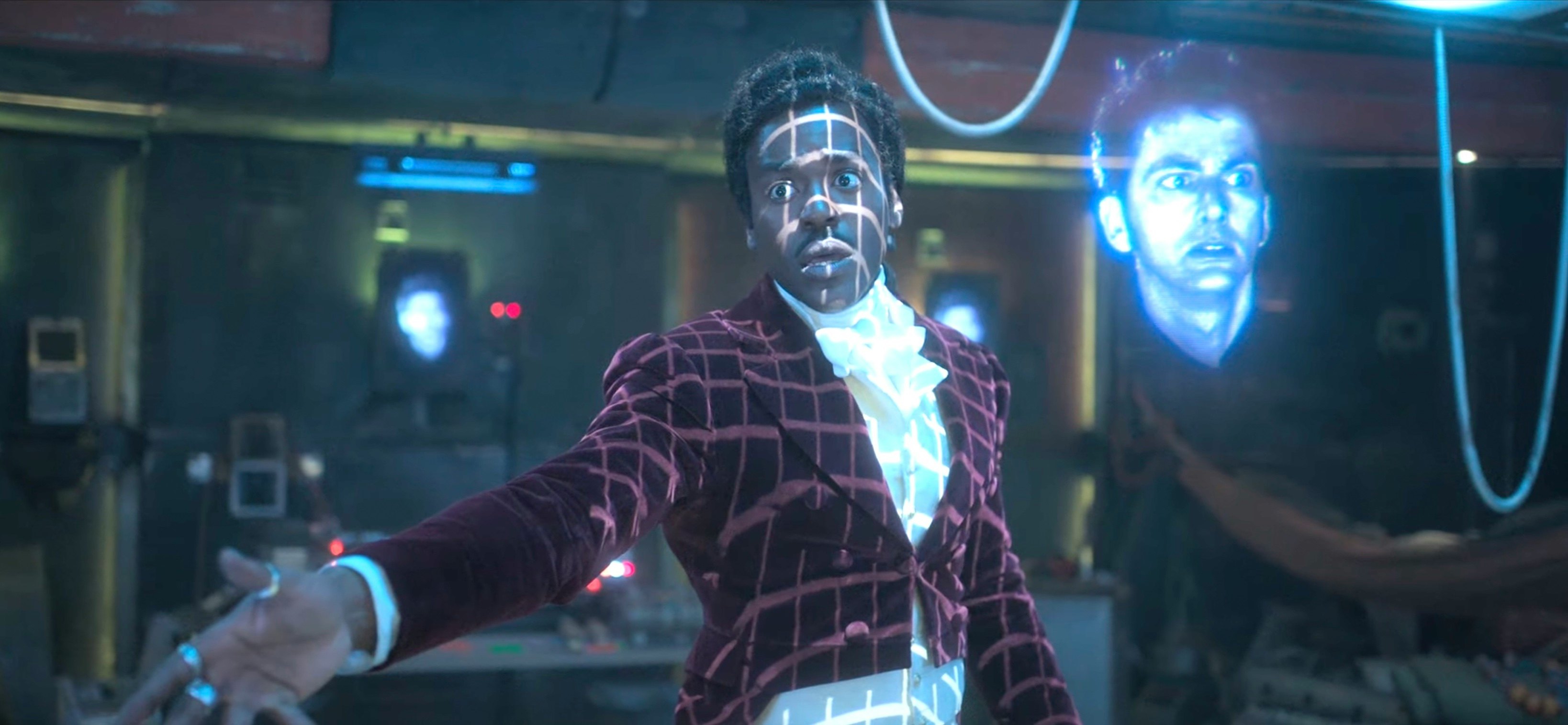
The latest Doctor Who episode — “Rogue” — is not explicitly about the complicated Time Lord regeneration canon that has been part of the series since 1966. It is, instead, a romantic romp set in the Regency era, in which the Doctor (Ncuti Gatwa) and Ruby (Millie Gibson) have to defeat some shapeshifting aliens with the aid of a bounty hunter named Rogue (Jonathan Groff). The episode also gives the Doctor a new love interest in the form of the titular Rogue and further makes us wonder about all those Susan Twist cameos.
But for longtime fans, this episode also briefly, and almost cheekily, drops a massive Easter egg concerning the Doctor’s previous regenerations. There’s a new face here we’ve never seen before, which opens up all kinds of new questions about even more secret Time Lord identities. Doctor Who is living up to its faux-questioning name. Because really, who is that?!
Spoilers for Doctor Who’s “Rogue” ahead.
Throughout the first half of “Rogue,” the eponymous bounty hunter makes it clear he’s tracking down a shapeshifter. And, bad luck, Rogue’s shipboard computer identifies the Doctor as a shapeshifter, because, well, the Doctor kind of is a shapeshifter. Because Time Lords regenerate and get brand-new bodies and faces, other folks in the Who canon have also thought of them as shapeshifters, or as the Sontarans described in “The Poison Sky,” a “face-changer.”
The Doctor, is, of course, not the variety of shapeshifter Rogue is looking for, but we get to see all the Doctor’s previous faces on Rogue’s computer anyway. This kind of sequence — in which the incumbent Doctor reveals their previous faces — is something of a tradition in Doctor Who, having occurred in “The Day of the Daleks” (1972), “The Next Doctor” (2008), “The Eleventh Hour” (2012), and “Twice Upon a Time,” to just name a few. But here, the reveal of all the Doctors contains a new face, displayed very clearly, that seems brand new to this kind of sequence.
A new Doctor Who face
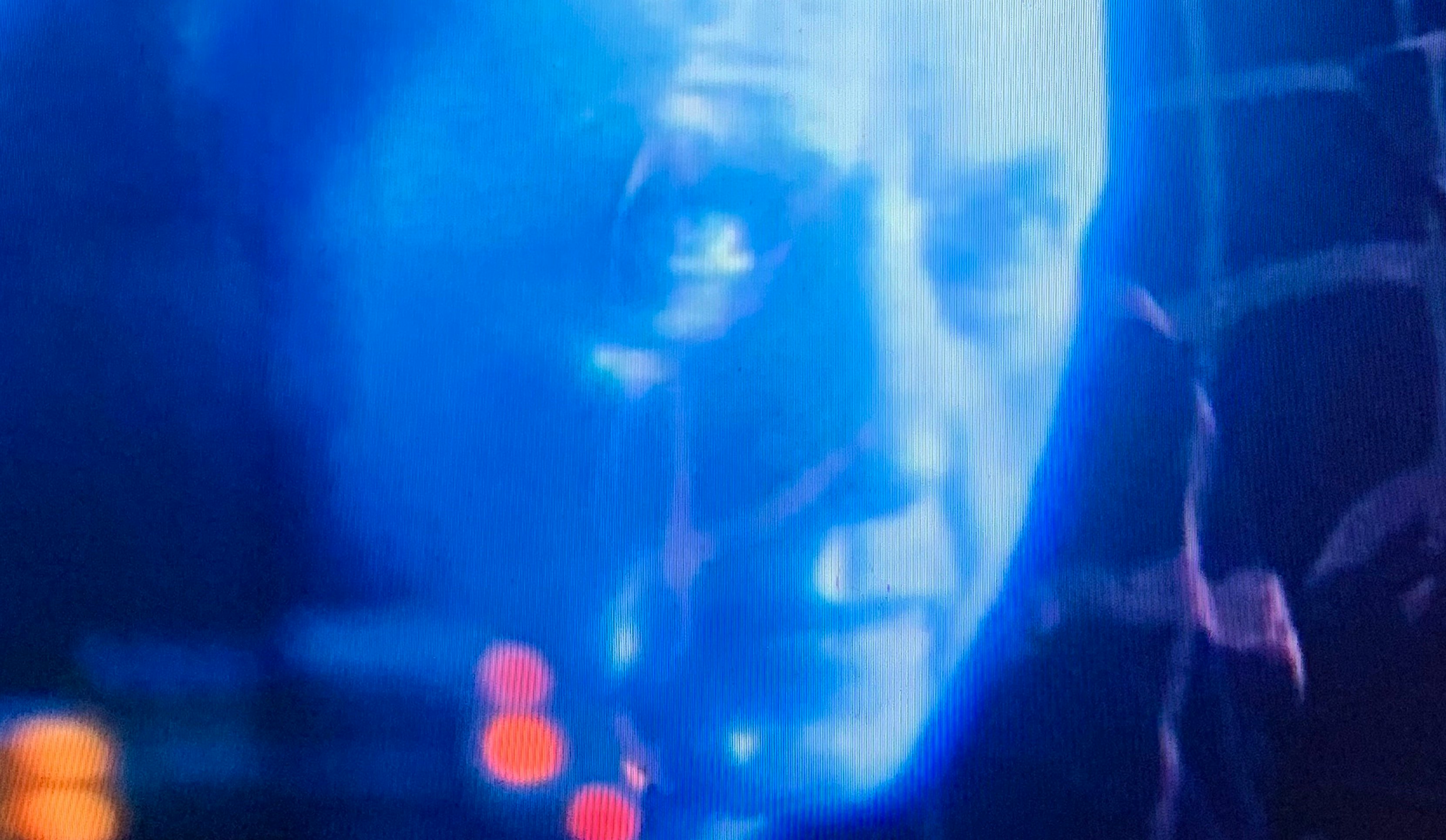
When the 15th Doctor’s previous selves begin to appear, at first, it seems like we’re seeing them in reverse chronological order; David Tennant’s face appears, which checks out, since he was just the oh-so-brief 14th Doctor, then Jodie Whittaker as the 13th Doctor. But wait. Then, we see William Hartnell’s 1st Doctor, followed by, this guy. All the other known Doctors are (briefly) represented in this sequence, including previously “secret” Doctors like the War Doctor (John Hurt) and the Fugitive Doctor (Jo Martin). David Tennant even appears twice, as he should, since he was the 10th Doctor before he was the 14th Doctor. From Peter Capaldi to Jon Pertwee, to Tom Baker, Colin Baker, Patrick Troughton, Sylvester McCoy, Matt Smith, and Christopher Eccleston, everybody is accounted for. Except for this new face.
So who is this roughly middle-aged white guy? When did the Doctor have this face?
The Valeyard, a Morbius Doctor, or something new?
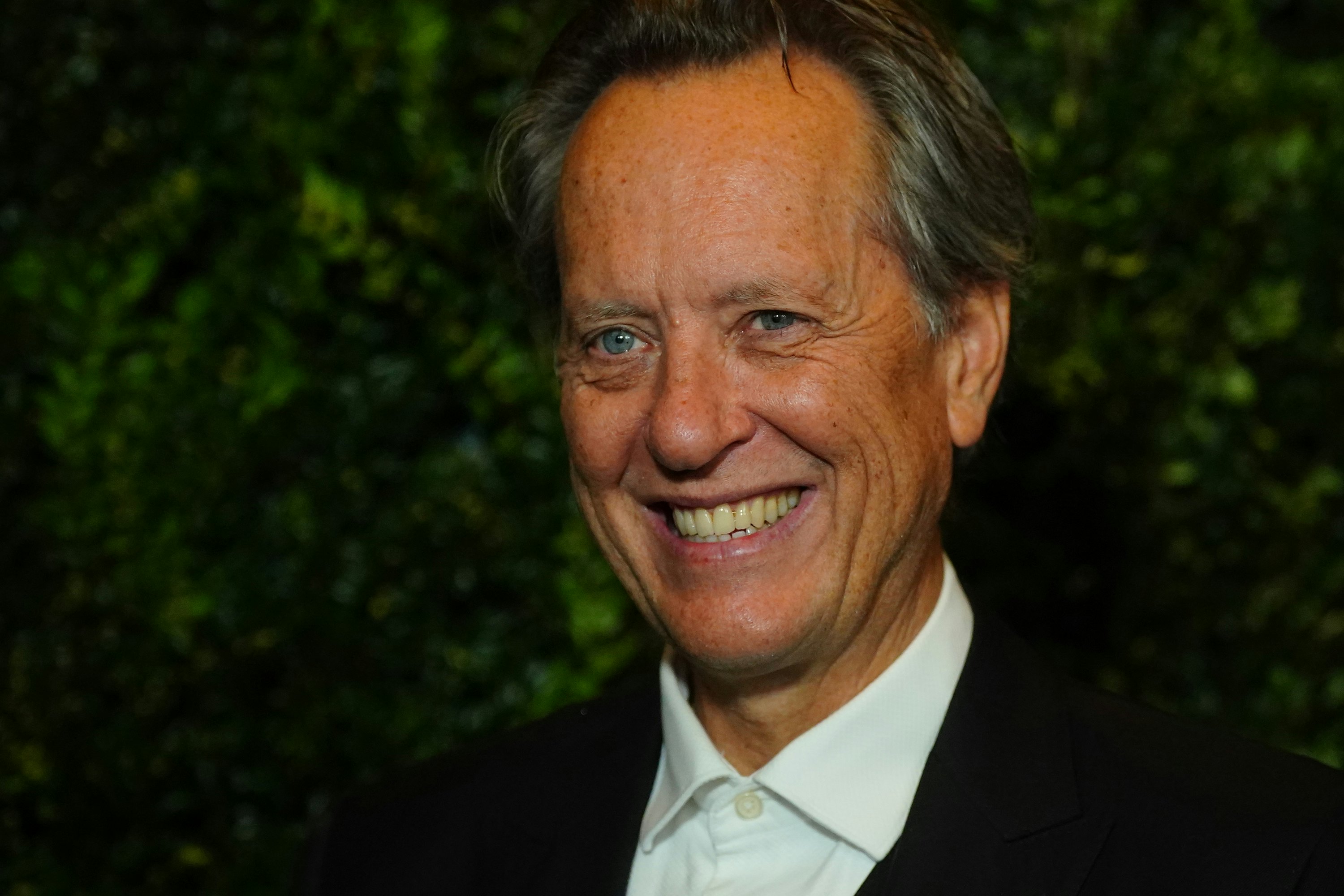
Identifying this actor merely by his face seems to be difficult, at least among three diehard Doctor Who fans — and fans of English actors in general — on the Inverse staff. Some of us think this looked vaguely like the late great David Warner, who, in addition to being a guest star in the 11th Doctor episode “Cold War,” also played The Unbound Doctor, in a series of audio adventures featuring a version of the Doctor from an entirely different timeline.
Doctor Who fans on Twitter also seem to have come to a consensus that this face is none other than Richard E. Grant, who, in addition to playing the villainous Doctor Simeon/The Great Intelligence in the Matt Smith era, also played an animated version of the Doctor in “The Scream of the Shalka,” a miniseries created for Doctor Who’s 40th anniversary in 2003. In addition to starring with 8th Doctor actor Paul McGann in the 1987 dark comedy Withnail and I, Richard E. Grant again played a version of the Doctor in the 1999 comedic non-canon short “Curse of the Fatal Death.” So, if this face is Richard E. Grant, then this is the third time he’s appeared as a weird version of the Doctor. Or perhaps now, the Shalka Doctor is merely canon?
The other option is that this face is meant to be Michael Jayston, who played the Time Lord character The Valeyard in the 1986 Doctor Who serial, A Trial of a Time Lord. In that story, the villainous Valeyard is eventually posited as a dark version of the Doctor that exists somewhere between his twelfth and “final” incarnations. In two final episodes of specific Doctors — “The Name of the Doctor” (2013) and “Twice Upon a Time” (2017) — the idea that the Doctor will regenerate into the Valeyard, or be known as the Valeyard is mentioned. So, if this new face is the Valeyard, then this sequence suggests that somehow, at some point, one contemporary version of the Doctor did become the Valeyard without us ever knowing about it.
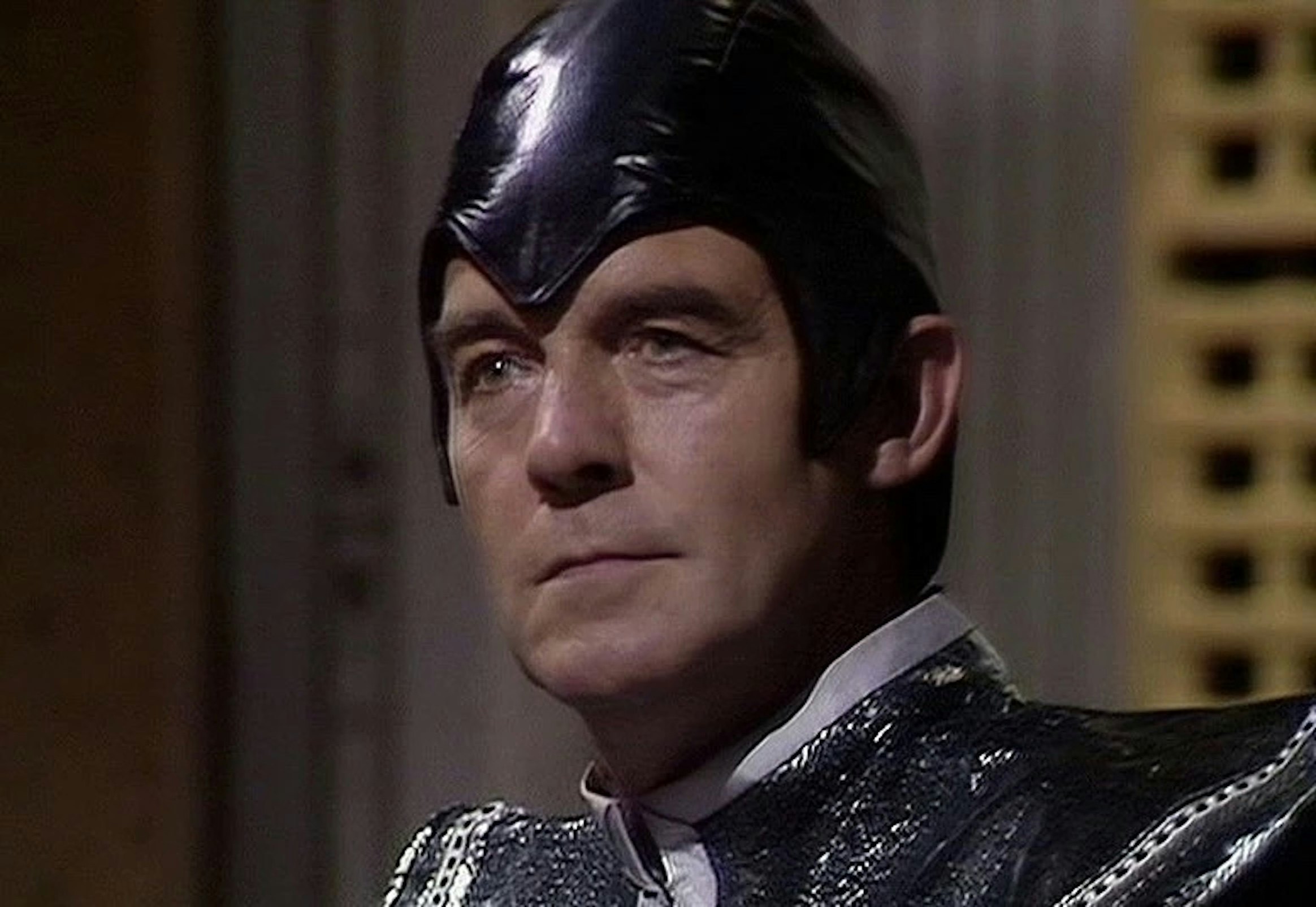
It’s also possible that this face is meant to represent one of the “Morbius Doctors.” In the 1976 episode “The Brain of Morbius,” the 4th Doctor’s mind is probed, which reveals versions of the Doctor from before the 1st Doctor. These faces were mostly played by various people associated with the Doctor Who production at the time, including Christopher Barry, Robert Banks Stewart, Christopher Baker, Philip Hinchcliffe, Douglas Camfield, Graeme Harper, George Gallaccio, and Robert Holmes. Of all the mysterious “Morbius” Doctors, the new face most looks like Robert Holmes, perhaps. Holmes was, from 1974 to 1977, the script editor for Doctor Who, but began writing for the show in 1968.
In “The Timeless Children” (2010), it was established that the Morbius Doctors represented various repressed memories of previous versions of the Doctor, which had been erased by the clandestine group known as Division. The 13th Doctor seemed to fully regain her memory of the Fugitive Doctor, so, is it possible that since then, the 15th Doctor has gained another memory of a different previously erased Doctor?
It’s also possible that we’re not meant to think that the 15th Doctor is even aware of this “new” face. Rogue’s scanner was being used to display these other versions of the Doctor, not the Doctor’s memories. So, did Rogue’s scanner just reveal a new Doctor we’ve never seen before?
There likely won’t be an answer to any of these questions anytime soon. In fact, it’s very possible this was planted as a kind of fun Easter egg, which showrunner Russell T Davies never intends to actually explain. And yet, all of a sudden, it looks like there’s another new retroactive Doctor, which means the series has another mystery on its hands. Hopefully, unlike “The Brain of Morbius,” it won’t take 44 years for the show to come up with an answer.



